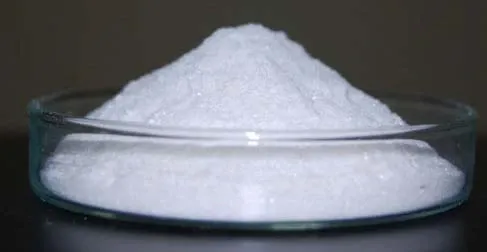
ພ.ຈ. . 27, 2024 04:20 Back to list
Nanotechnology Innovations in Titanium Dioxide Applications for Environmental and Industrial Purposes
Understanding Nano Titanium Dioxide and Its Applications in China
Titanium dioxide (TiO2) is a widely used material renowned for its exceptional properties, including high refractive index, excellent UV resistance, and non-toxicity. In recent years, the exploration of its nano-sized variant, nano titanium dioxide, has gained significant attention across various industries in China. This article delves into the characteristics, synthesis methods, and diverse applications of nano titanium dioxide in China, illustrating its importance in advancing technology and sustainability.
The Properties of Nano Titanium Dioxide
Nano titanium dioxide is characterized by its particle size, which typically ranges from 1 to 100 nanometers. This nanoscale dimension imparts unique properties that differ significantly from bulk titanium dioxide. For instance, the increased surface area-to-volume ratio enhances its photocatalytic abilities, making it an ideal candidate for various applications, particularly in environmental remediation and solar energy conversion.
Moreover, nano titanium dioxide exhibits increased reactivity compared to its larger counterparts, allowing for accelerated chemical reactions. Its ability to absorb UV light makes it valuable for use in products requiring UV protection, such as sunscreens and coatings.
Synthesis Methods
The production of nano titanium dioxide can be achieved through several methods, including sol-gel processes, hydrothermal synthesis, and gas-phase techniques. Each method has its advantages and specific applications.
1. Sol-Gel Process This method involves the transition of a system from a liquid sol to a solid gel phase. The sol-gel process is particularly favored for its simplicity and ability to control particle size and distribution.
2. Hydrothermal Synthesis This technique uses high temperatures and pressures in aqueous solutions to produce highly crystalline nano titanium dioxide. It is known for producing high-purity materials and is employed in various industrial applications.
3. Gas-Phase Methods Involves the chemical vapor deposition technique, where titanium source gases react and condense on surfaces to form nano titanium dioxide. This method allows for precise control and uniformity of the nanomaterials.
china nano titanium dioxide

In China, a significant amount of research is focused on optimizing these synthesis methods to enhance the efficiency and cost-effectiveness of producing nano titanium dioxide
.Applications in Various Industries
The versatility of nano titanium dioxide allows it to find applications across diverse sectors in China
1. Environmental Applications The photocatalytic properties of nano titanium dioxide are harnessed in wastewater treatment, air purification, and self-cleaning surfaces. Its ability to degrade harmful organic pollutants under UV light is particularly beneficial in combating pollution in urban areas.
2. Cosmetics and Personal Care In the cosmetics industry, nano titanium dioxide is widely used in sunscreens for its UV blocking capabilities. Its transparent formulation allows for broad-spectrum protection without leaving a white residue on the skin.
3. Construction Materials Nano titanium dioxide is used as an additive in building materials to enhance durability and provide self-cleaning surfaces. Its antibacterial properties further contribute to improving hygiene in public spaces.
4. Energy Sector The application of nano titanium dioxide in photovoltaic cells is a rapidly expanding field. Its ability to enhance light absorption and conversion efficiencies makes it integral in the development of next-generation solar panels.
5. Food Packaging In the food industry, nano titanium dioxide is employed in packaging materials to inhibit microbial growth and extend shelf life while ensuring food safety.
Conclusion
As China continues to advance in nanotechnology research and applications, nano titanium dioxide stands out as a crucial material with multifaceted uses. Its unique properties and versatility enable significant contributions to environmental sustainability, energy efficiency, and consumer safety. As innovations abound, nano titanium dioxide is poised to play an increasingly vital role in shaping a more sustainable and technologically advanced future in China and beyond. With ongoing research and development, the full potential of this remarkable nanomaterial is yet to be realized.
-
High Quality TiO2 for Superior Performance - Reliable Supply & Purity
NewsJul.27,2025
-
13463-67-7 Titanium Dioxide Using for Coating Supplier – High-Quality Rutile TiO2 for Paints
NewsJul.26,2025
-
High-Quality Titania TiO2 from Leading China Suppliers & Factories
NewsJul.25,2025
-
High Quality Titania TiO2 from Leading China Manufacturer and Supplier
NewsJul.24,2025
-
High-Quality Titanium Dioxide 298 for Versatile Industrial Applications
NewsJul.23,2025
-
High-Quality Titanium Dioxide for Pigments & Industrial Applications
NewsJul.22,2025
